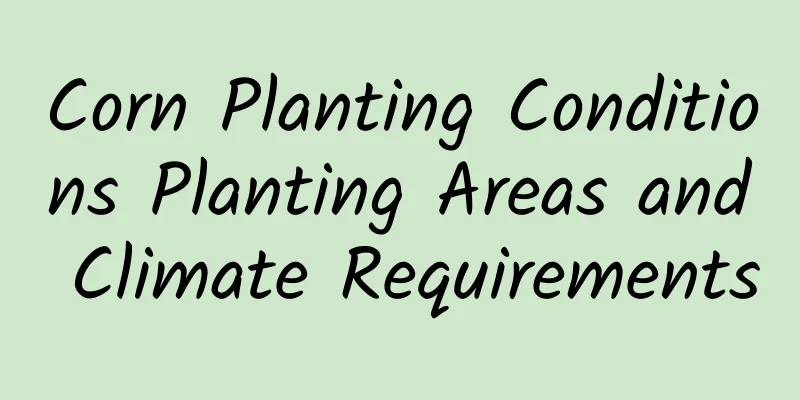How to grow magnolia at home

Magnolia soil requirementsPrefers fertile, moist and well-drained sandy soil; It is not drought-tolerant and avoids alkali, and grows poorly on dry, alkaline soil, and clay; The roots are fleshy, afraid of being flooded, have poor wound healing ability, and are difficult to survive after transplantation; How to propagate magnoliaIt is mostly propagated by layering and division. Sometimes it is also used for sowing. The propagation method of division can be carried out in spring or autumn. Dig out the mother plants with dense branches and plant them separately, and trim the roots and shorten some branches appropriately. For layering, choose young branches with good growth. In early spring, you can use the soil pile method or buried branch method to propagate. Sowing, collecting seeds in September, storing in sand in winter, sowing in spring of the following year, germination 20-30 days after sowing. Magnolia cultivation and careCultivation and management are simple, pay attention to drought and waterlogging prevention, and apply fertilizer in time. Transplantation can be carried out in autumn or early spring before flowering. Small seedlings should be dipped in mud, and large seedlings must have soil balls. Fertilize once before and after flowering, mainly with phosphorus and potassium fertilizers. Maintain soil moisture during the high temperatures of summer and the dry season of autumn. After flowering and before new branches sprout, dead branches, dense branches and long branches should be cut off and shortened. Water and fertilizer regulation of MagnoliaMagnolia is drought-resistant and afraid of waterlogging. You must ensure the water supply at ordinary times, spray water on the leaves frequently to increase the air humidity to prevent yellowing and falling leaves. Magnolia likes fertilizer. Apply well-rotted compost manure as base fertilizer from October to November every year. Apply quick-acting nitrogen fertilizer 2 to 3 times during the budding and branching period after flowering. Cover the roots and water appropriately during the dry season. The tree is expected to bloom and flourish next year. Magnolia pest controlMagnolia has fewer diseases and pests. Just pay attention to water control, cut off diseased leaves in time, and maintain ventilation. In serious cases, increase the spraying of insecticides appropriately. Precautions for growing magnoliaChoose a place with good light and ventilation to plant, avoid shade; Avoid drought and waterlogging. Usually ensure the supply of water, spray water on the leaves frequently to increase the air humidity to prevent yellowing and falling leaves. |
<<: Cultivation methods and precautions of trumpet creeper
>>: Hibiscus cultivation methods and precautions
Recommend
How many times can loofah be planted in a year? How many days is the growing period?
How many seasons of loofah are planted in a year ...
What to do if the leaves of iron jasmine turn yellow
1. Caused by light Jasmine is a plant that loves ...
What kind of flowerpot is good for Phalaenopsis
What flowerpot is suitable for Phalaenopsis Phala...
How long is the fruiting period of pear trees? Fruiting period care and management methods
How long does the pear tree fruit season last? Th...
How to eat saffron
Saffron Tea Soaking saffron in water is the most ...
Cultivation and management of strawberries in solar greenhouse
Strawberry is a very popular fruit . It is native...
How to care for hydroponic copper coin grass in winter
Is hydroponic copper coin grass afraid of freezin...
How to cultivate Yuchun stick
1. Soil The soil requirements of the jade plant a...
Spring wheat planting time
Wheat planting is generally divided into spring w...
How to grow lipstick spider plant in winter? Will it freeze to death?
1. Will the lipstick spider plant freeze to death...
Differences between French Holly and Ilex
1. Leaf Difference The leaves of French holly are...
Planting time and method of creeper
Planting time of creeper Ivy can be planted in sp...
How to propagate water hyacinth and what to pay attention to
How to reproduce water hyacinth The main ways of ...
What is creeper and what are the characteristics of creeper leaves
1. What is Parthenocissus tricuspidata Another na...
Three key points for peach bonsai maintenance
Avoid Yin Peach blossoms are very sensitive to li...









